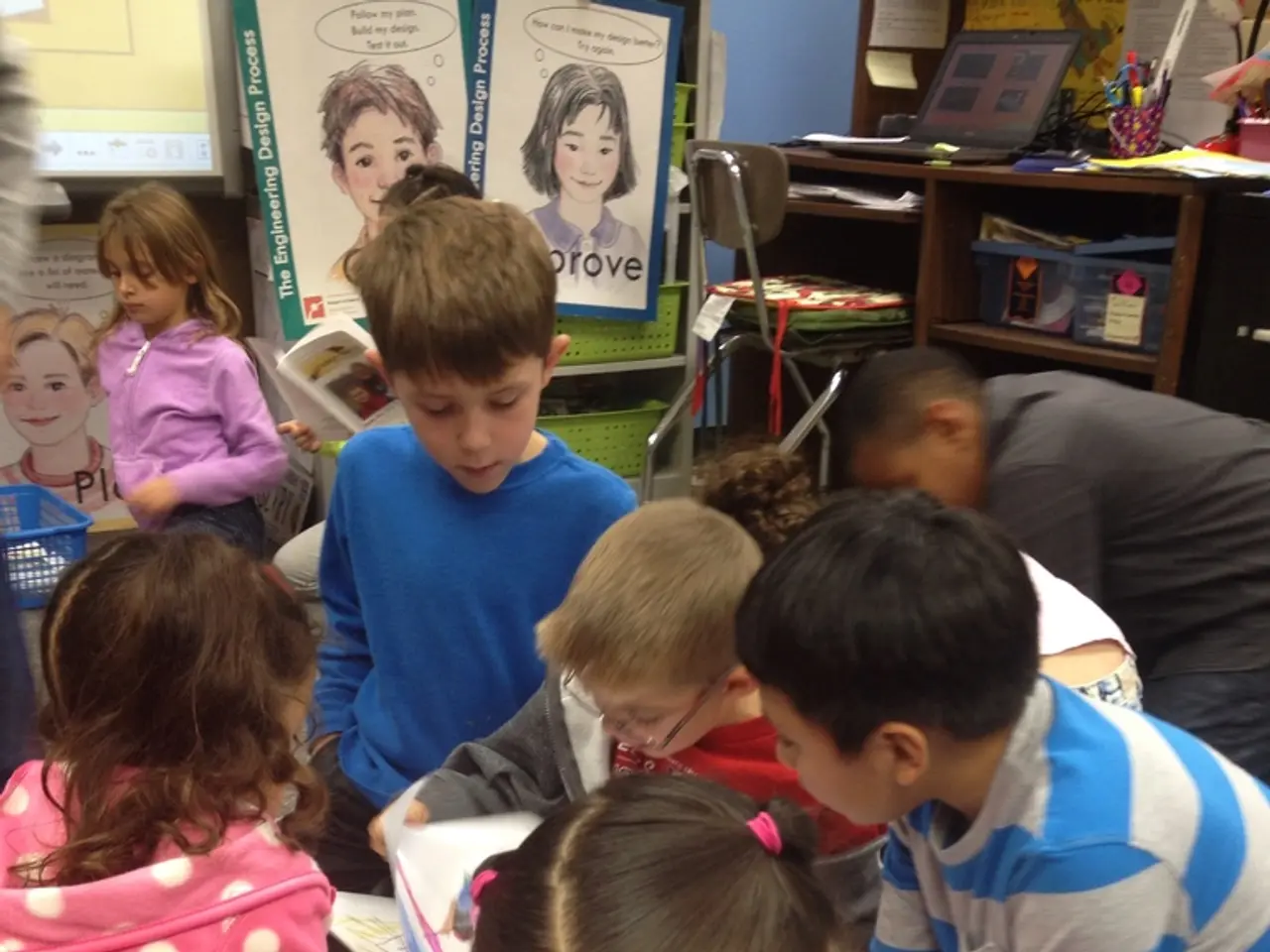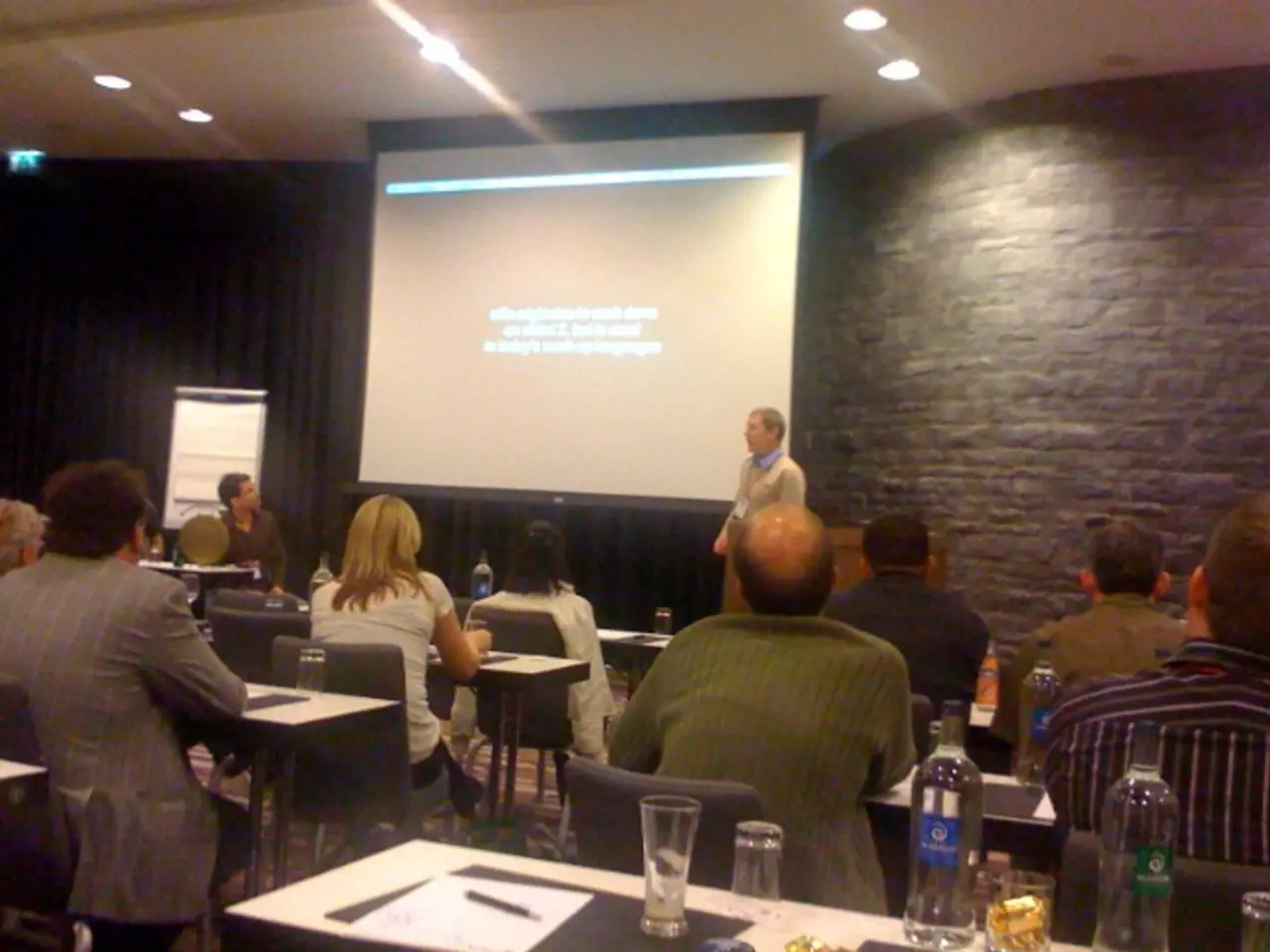Investigating educational approaches based on mistakes at the Children's Museum
Embracing Failure: The Power of Productive Failure in Children's Museums
Productive failure, a learning approach that encourages children to tackle complex problems without immediate guidance, is gaining traction in educational settings. This approach, championed by researchers and educators alike, transforms failures into valuable learning opportunities, fostering cognitive development and resilience in children.
At the heart of productive failure lies exploration, experimentation, and learning from mistakes. By grappling with challenges actively, children develop critical thinking, problem-solving skills, creativity, and a deeper understanding of concepts. This process is particularly effective due to repeated attempts and feedback [1].
Cognitively, productive failure promotes conceptual mastery and higher-order thinking. By analysing their errors, reflecting on misconceptions, and correcting mistakes, children consolidate knowledge more effectively [2][1]. This reflective error correction process also supports emotional resilience by framing mistakes as feedback rather than negative outcomes [2][1].
Exposure to productive failure makes children more adaptable and persistent. They learn that failure is not a final setback but a stepping stone to success, helping them build emotional toughness and a positive attitude towards challenges [1][4][5].
The Children's Museum, with its multisensory and hands-on exhibits, is a prime example of an environment that encourages productive failure. Exhibits like Kinetic Jams teach children about systems and what happens when they don't fit properly through experimentation. The Aerodynamic Channel, Cause and Effect, and Domino Drop exhibits all provide children with opportunities to learn from their mistakes, fostering a deeper understanding of physics principles, engineering, and emotional regulation [3].
In these low-risk, high-choice environments, children are free to gloriously fail and discover their power to persist, adapt, and grow. Adults ask guiding questions to transform frustration into reflection and shift focus from victory to questioning [3].
The lessons of the museum don't have to end at the exit; they can be applied at home to encourage learning from failures. Parents and caregivers can encourage healthy risk-taking and learning from failures by valuing the process over the product, asking reflective questions, sharing their own mistakes, and creating time for open-ended play [4].
Research by Stanford professor Manu Kapur and psychologist Carol Dweck supports the value of productive failure. Dweck's research has shown that praising effort over results encourages children to see failure not as a fixed deficit, but as a natural part of learning [5]. Failure activates not only metacognitive abilities but also emotional resilience, according to a report from the Harvard Center on the Developing Child [2].
In early childhood, where neural plasticity is high, the benefits of learning through failure are even more profound. Children develop executive functions like working memory, inhibitory control, and cognitive flexibility by facing and overcoming challenges [1].
The American Psychological Association reports that grit and perseverance are among the strongest predictors of adult success, and these traits develop early in life through challenging learning experiences [6]. Mistakes, when followed by reflection and feedback, activate the anterior cingulate cortex of the brain, a region associated with attention and error detection [2].
In conclusion, productive failure nurtures both the cognitive processes essential for deep learning and the emotional resilience necessary for persistence and adaptability in children. The task for educators, parents, and designers of learning environments is not to protect children from every fall, but to ensure the floor is soft enough for them to rise stronger.
Households can foster emotional resilience and cognitive development in children by incorporating the principles of productive failure at home, mimicking an environment similar to the Children's Museum.
By valuing the process over the product, asking reflective questions, sharing their own mistakes, and creating time for open-ended play, parents and caregivers can emulate the low-risk, high-choice environments in the museum to encourage learning from failures.




